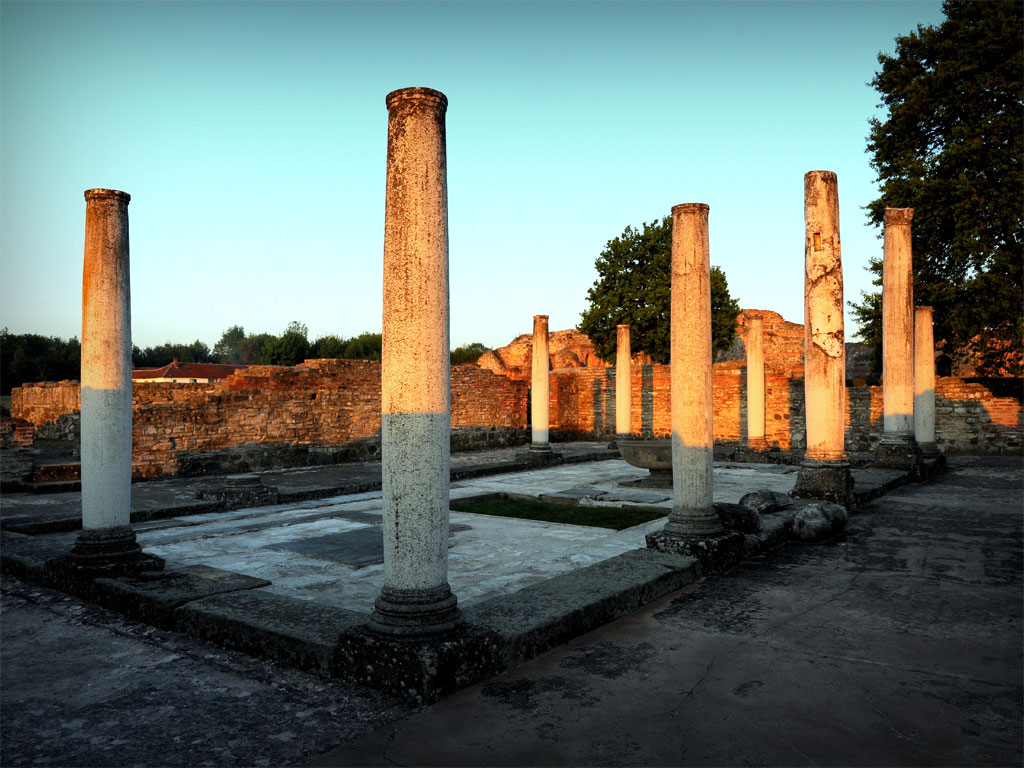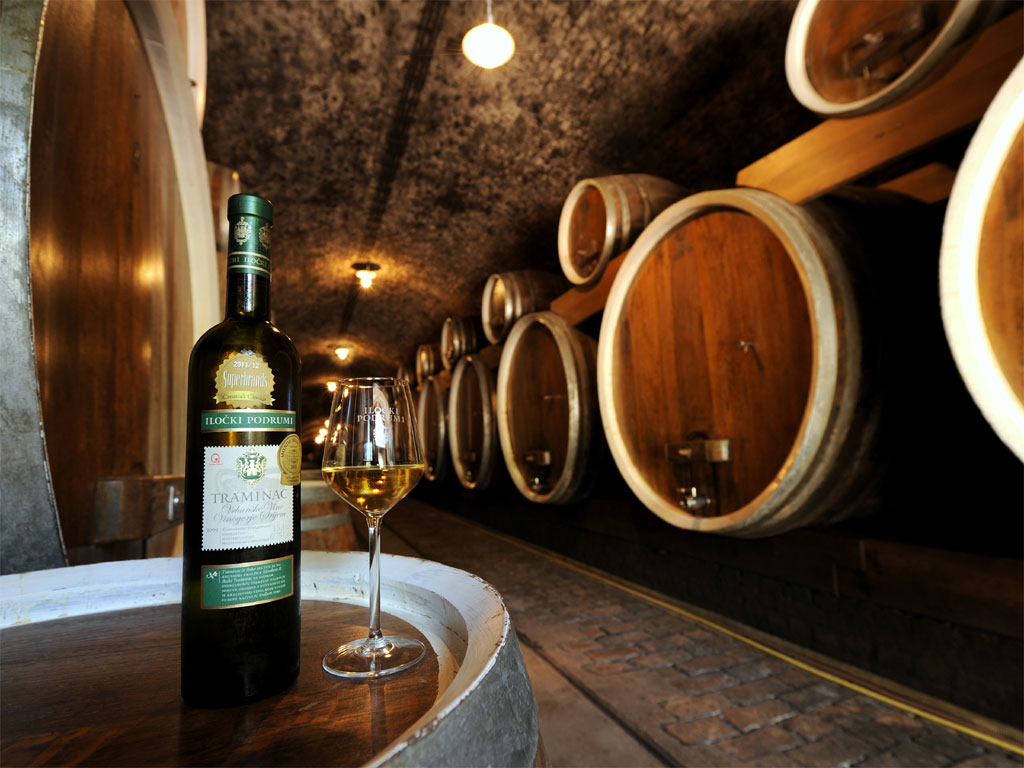Step on the Roman Emperors and Danube Wine Route
 Thursday, 19.02.2015.
Thursday, 19.02.2015.
 13:35
13:35

It is nowadays hard to find a tourist destination which is innovative, educational, entertaining and attractive, all at the same time. In most of the cases, we are offered much too expensive package tours that mainly all look the same and are presented in the same way. For those who are tired of just lying around, visiting museums and engaging in strictly scheduled sports activities, something brand new is nearby: on the banks of the Danube River.
"The Roman Emperors and Danube Wine Route", the only autochthonous cultural route in this part of the world, is certainly an excellent choice for tourists who are fond of landscapes and intact nature, but also love to hear historic facts and enjoy their life. This route tells a story of the lifestyle, significance and heritage of Roman emperors in the lower reaches of the Danube River and introduces those traveling it to vineyards, wines and gastronomy developing for years on the river banks. This route, namely, connects four Danube countries: Croatia, Serbia, Bulgaria and Romania, which offer different amenities and landscapes. What is common for all four of them is is the fact that they were part of the Roman Empire and that they cherished the Roman culture, tradition and lifestyle.
Twenty Roman locations and twelve wine regions can be visited separately and by countries, but certainly the greatest challenge is to visit them all at once: from Diocletian's Palace on the Adriatic coast in Croatia, Rosia Montana mine in Romania, the port of Sexaginta Prista in Bulgaria, to Tabula Traiana, the bust of Emperor Galerius and mosaic in Sirmium, Serbia. This route takes visitors to ancient times, when the power of Roman emperors was measured in the number of tribes conquered and the size of territories occupied. After conquering most of eastern Europe in the first century, Romans made this region the starting point for further and much more ambitious conquests in the east. At the same time, given that as many as nineteen Roman emperors were born in countries in the lower reaches of the Danube River, they were all building villas, mausoleums or even entire cities in their birthplace. Thanks to all this, those who decide to visit all twenty locations will have a chance to walk the well-preserved Roman streets, touch the ramparts of fortresses that are twenty centuries old, read Roman sign boards and plaques, and also "feel", in a way, the significance of the Danube River in ancient times and today.

Visiting the places where Roman emperors lived, rested or waged war, people can also notice the specificities of viticulture in aforementioned four countries on the Danube: a series of small and big, mainly private wineries will also offer them to taste and buy various wines as well as to learn a lot about the production and history of this drink. By the way, vine growing in this area dates back to four thousand years ago. Throughout history, many local wines were enjoyed by European royal families, and winemakers from this area also take pride in the fact that wines made from vine varieties grown in their vineyards were drunk on famous Titanic.
Aside from Roman tradition and different kinds of wine, the Roman Emperors and Danube Wine Route also offers gastronomic pleasures.
Finally, maybe the most important thing for visitors who've had enough of usual package holidays is the freedom of choice when it comes to the order in which to visit these locations and the means of transportation to use on this route: you can choose to travel the route by car, bus, train, or even take cruise or ride the bicycle...
In any case, what is guaranteed is absolute enjoyment of each kilometer and every minute spent on the banks of the second largest river in Europe.

DCC
The Roman Emperors and Danube Wine Route is a project that is being implemented by the Danube Competence Center, a regional platform for promoting the Danube as unique tourist destination.
DCC focuses on cultural and historical heritage, natural environment and active tourism and works with various partners (national tourism organizations, non-government sector, restaurants, hotels, camps...) from all ten countries on the Danube. DCC is headquartered in Belgrade.
The Roman Emperors and Danube Wine Route project is financially backed by the European Commission and the German Federal Enterprise for International Cooperation (GIZ).
Danube.travel
Danube.travel is the first web portal to present the entire tourist offer on the Danube. You will no longer have to visit different websites in order to find what each of the ten countries on the Danube offers to tourists. This portal aims to present the Danube as a recognizable and attractive tourist destination. Utilizing a large number of photos, interactive maps and interesting articles, Danube.travel promotes historical, cultural and natural diversity of the Danube Region. For all these reasons, Danube.travel represents an important source of information for tourists as well as the place where local tour operators can promote their Danube-related offer for free.
To view the whole themed bulletin "Tourism in Serbia - Suitcase Packed with Challenges", please click HERE.


 Izdanje Srbija
Izdanje Srbija Serbische Ausgabe
Serbische Ausgabe Izdanje BiH
Izdanje BiH Izdanje Crna Gora
Izdanje Crna Gora


 News
News








